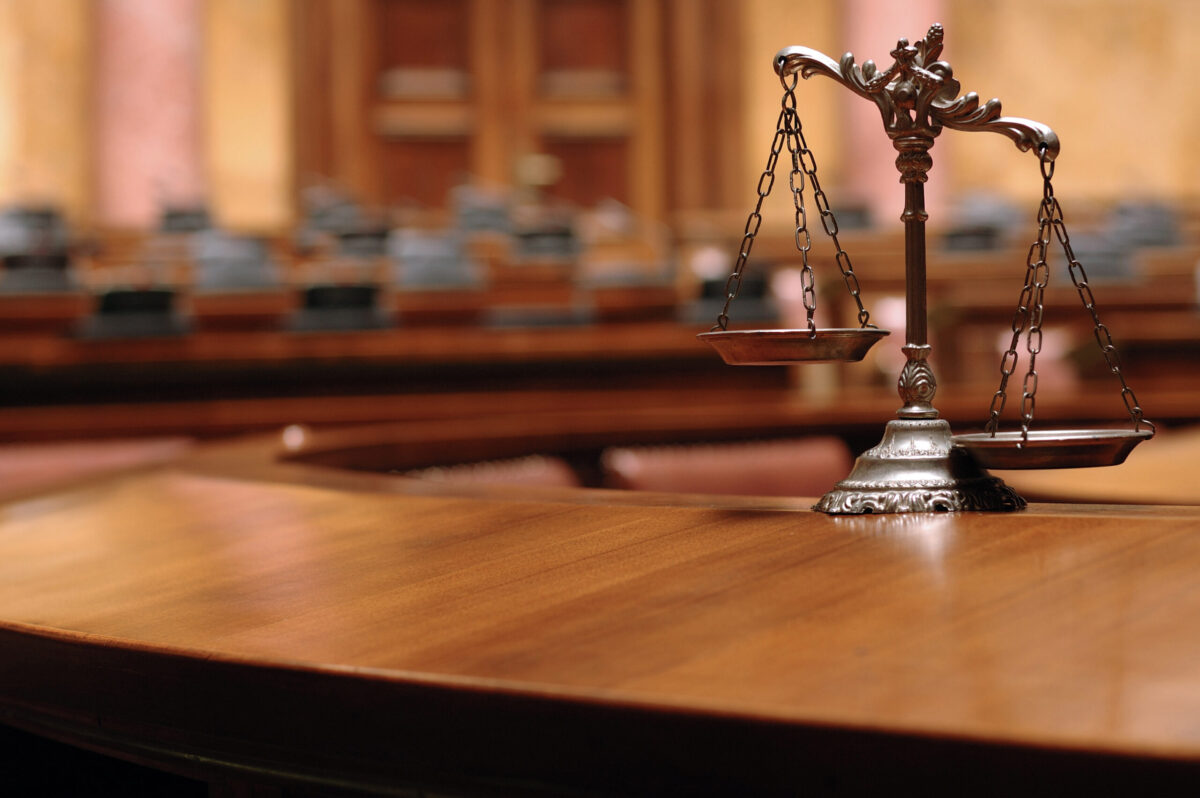No one wants to be in a car accident. And no one anticipates the complexities of the ensuing legal battle. When insurance companies fall short of their promise, litigation becomes the sole path to justice. But understanding the 7 steps in a civil case and the civil litigation process steps can empower you through the journey. Our mission at Georgia Trial Attorneys is to demystify the stages of litigation and present a clear civil lawsuit timeline for those seeking justice.
Why Litigation?
After a car accident, we hope that the insurance company will do the right thing. But many times, fair compensation isn’t just handed over. “Litigation” refers to the process of taking filing a lawsuit against another party to recover your medical bills, lost wages and suffering. For many victims in Georgia, understanding how long a lawsuit takes is key. Thus, this step-by-step guide aims to shed light on what happens in a lawsuit and provide a civil trial procedure timeline.
Debunking Litigation Myths
Litigation might seem daunting due to its complexities. The personal injury lawsuit timeline is not set in stone, making it essential to hire a personal injury attorney with true trial and courtroom experience. A skilled car accident trial attorney not only understands these stages of the litigation process but ensures clients understands every stage in the civil trial procedure flowchart.
Breaking Down the Steps in a Personal Injury Case
Step 1: Meet With Your Litigation Attorney
Before diving into litigation, it is crucial to have an open line of communication with your attorney. Georgia Trial Attorneys prioritizes face-to-face consultations, in-person or via video chat, fostering a strong attorney-client relationship. Understanding your goals, answering preliminary questions, and outlining what the litigation process entails is crucial as we walk through the steps in a personal injury lawsuit.
Step 2: Filing Your Lawsuit
The injured party will act as the “Plaintiff.” The person or company against who legal action is taken (i.e. at-fault driver) is termed the “Defendant.” This phase involves preparing all necessary documents and filing the lawsuit in the appropriate jurisdiction, usually where the Defendant resides.
Step 3: Serving The Defendant
After the lawsuit is filed, the Defendant must be formally notified of the filing. This process, known as “service of process,” ensures the Defendant is informed about the legal action against them and is given 30-days to respond. This notice is typically “served” on the Defendant by the local sheriff or an independent process server. Service of process must occur in order for a lawsuit to proceed.
Step 4: Discovery For Six-To-Ten Months
After bring served, the Defendant’s attorney, hired by the insurance company, will file a response to the lawsuit called an “Answer.” The case is now in the discovery period, arguably the most information-intensive phase. In this phase, both parties request evidence from each other. It’s a two-way street where all relevant records – medical, financial, accident history, and more – are shared.
Step 5: Your Moment: The Deposition
During this step, you’ll be questioned by the Defendant’s attorney. Think of it as a rehearsal for the trial, but the stakes are real as everything you say is on the record. Proper preparation with your attorney is key. They’ll guide you on potential questions, how to respond, and the importance of staying consistent with your previous statements.
Step 6: Mediation
Mediation is an avenue to potentially avoid the unpredictability and stress of a trial. Here, both parties, with their respective attorneys, present their cases to a neutral third party – the mediator. The mediator’s role is to facilitate a discussion, helping both sides find common ground and ideally, a settlement that satisfies everyone involved. Not all cases settle at mediation – however, the attorneys at 833-4TheWin have a strong track-record of settlements at mediation.
Step 7: The Trial
If mediation does not result in a settlement, the case proceeds to trial. Here, both parties present their evidence and arguments in front of a jury. The jury then deliberates and reaches a verdict. This phase can be emotionally draining, but with a seasoned attorney by your side, you will be well-prepared to present your case compellingly and confidently. The jury will decide whether the Plaintiff wins or loses. If the Plaintiff wins, the jury then decides how much money the Plaintiff will receive. If the Plaintiff loses, then the Plaintiff gets nothing – yet is still responsible for any unpaid medical bills.
Partner With Georgia Trial Attorneys
Navigating the stages of a lawsuit demands expertise. Throughout your personal injury lawsuit timeline, Georgia Trial Attorneys stands steadfast, ensuring your journey on the litigation highway is smooth. If you’ve just been in an accident or if your current attorney is afraid of the courtroom, you need a law firm that is made up of true trial attorneys. At Georgia Trial Attorneys, we make sure you are prepared for every stop on the litigation highway and prepared for every possible outcome. Call 833-4TheWin today!

